Filter by

Icelandic folklore and the cultural memory of religious change
This book attempts to understand the origins and development of religious belief in Iceland and greater Scandinavia through the lenses of five carefully selected Icelandic folktales collected in Iceland during the nineteenth century. Each of these five stories has a story of its own: a historical and cultural context, a literary legacy, influences from beliefs of all kinds (orthodox and heterod…
- Edition
- -
- ISBN/ISSN
- 9781641893763
- Collation
- VII, 162 p.
- Series Title
- Borderlines,
- Call Number
- 398 BRY i
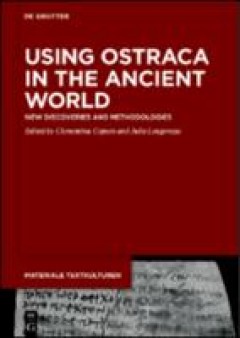
Using ostraca in the ancient world : new discoveries and methodologies
Throughout Egypt’s long history, pottery sherds and flakes of limestone were commonly used for drawings and short-form texts in a number of languages. These objects are conventionally called ostraca, and thousands of them have been and continue to be discovered. This volume highlights some of the methodologies that have been developed for analyzing the archaeological contexts, material aspect…
- Edition
- -
- ISBN/ISSN
- 9783110712902
- Collation
- VI, 245 p.
- Series Title
- Materiale Textkulturen, 32
- Call Number
- 930 USI u
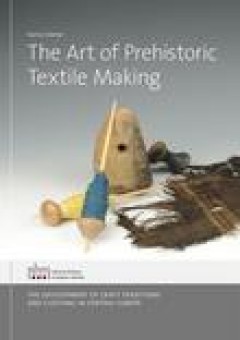
The Art of prehistoric textile making
Textiles, textile production and clothing were essentials of living in prehistory, locked into the system of society at every level – social, economic and even religious. Textile crafts not only produced essential goods for everyday use, most notably clothing, but also utilitarian objects as well as representative and luxury items. Prehistoric clothing and their role in identity creation for …
- Edition
- -
- ISBN/ISSN
- 9783902421944
- Collation
- x, 536p.: ill.
- Series Title
- -
- Call Number
- 677 GRO a
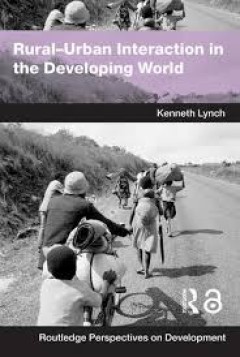
Rural-urban interaction in the developing world
Sustaining the rural and urban populations of the developing world has been identified as a key global challenge for the twenty-first century. Rural-Urban Interaction in the Developing World is an introduction to the relationships between rural and urban places in the developing world and shows that not all their aspects are as obvious as migration from country to city. There is now a growing r…
- Edition
- -
- ISBN/ISSN
- 9780203646274
- Collation
- xii, 209 p. : ill. ; 25 cm.
- Series Title
- Routledge perspectives on development ; 4
- Call Number
- 307.14091724 LYN r
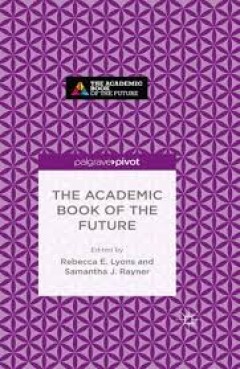
The academic book of the future
edited by Rebecca E. Lyons, Research Associate, University College London, UK and Samantha J. Rayner, Senior Lecturer in Publishing, University College London, UK.
- Edition
- -
- ISBN/ISSN
- 9781137595775
- Collation
- xii, 120 pages ; 23 cm
- Series Title
- -
- Call Number
- 791.4
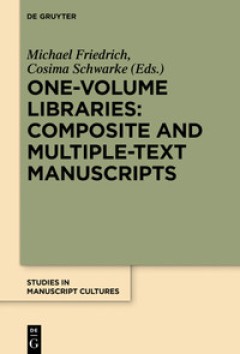
One-volume libraries : composite and multiple-text manuscripts
Composite and multiple-text manuscripts are traditionally studied for their individual texts, but recent trends in codicology have paved the way for a more comprehensive approach: Manuscripts are unique artefacts which reveal how they were produced and used as physical objects. While multiple-text manuscripts codicologically are to be considered as production units, i.e. they were originally pl…
- Edition
- -
- ISBN/ISSN
- 9783110496956
- Collation
- VI, 360 p.
- Series Title
- Studies in Manuscript Cultures, 9
- Call Number
- 091 ONE o
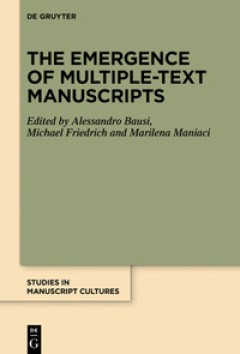
The emergence of multiple-text manuscripts
The universal practice of selecting and excerpting, summarizing and canonizing, arranging and organizing texts and visual signs, either in carefully dedicated types of manuscripts or not, is common to all manuscript cultures. Determined by intellectual or practical needs, this process is never neutral in itself. The resulting proximity and juxtaposition of previously distant contents, challenge…
- Edition
- -
- ISBN/ISSN
- 9783110645989
- Collation
- XII, 362 p.
- Series Title
- Studies in Manuscript Cultures, 17
- Call Number
- 809.93384 EME e
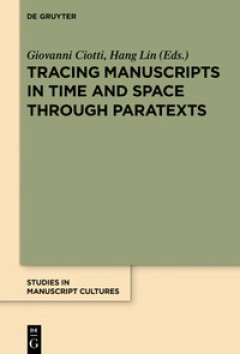
Tracing manuscripts in time and space through paratexts
As records of the link between a manuscript and the texts it contains, paratexts document many aspects of a manuscript’s life: production, transmission, usage, and reception. Comprehensive studies of paratexts are still rare in the field of manuscript studies, and the universal categories of time and space are used to create a common frame for research and comparisons. Contributions in this v…
- Edition
- -
- ISBN/ISSN
- 9783110479010
- Collation
- XII, 308 p.
- Series Title
- Studies in Manuscript Cultures, 7
- Call Number
- 809.93384 TRA t

Clinical text mining : secondary use of electronic patient records
This open access book describes the results of natural language processing and machine learning methods applied to clinical text from electronic patient records. It is divided into twelve chapters. Chapters 1-4 discuss the history and background of the original paper-based patient records, their purpose, and how they are written and structured. These initial chapters do not require any techn…
- Edition
- -
- ISBN/ISSN
- 9783319785035
- Collation
- xvii, 181p. : ill.
- Series Title
- -
- Call Number
- 006.312 DAL c
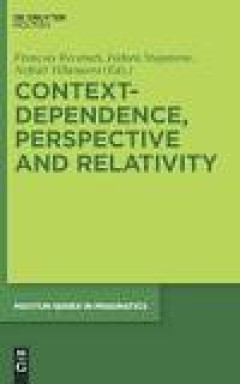
Context-dependence, perspective and relativity
This volume brings together original papers by linguists and philosophers on the role of context and perspective in language and thought. Several contributions are concerned with the contextualism/relativism debate, which has loomed large in recent philosophical discussions. In a substantial introduction, the editors survey the field and map out the relevant issues and positions.
- Edition
- -
- ISBN/ISSN
- 9783110227772
- Collation
- 362 p.; 22 cm.
- Series Title
- Mouton series in pragmatics; 6
- Call Number
- 401.43 CON c
 Computer Science, Information & General Works
Computer Science, Information & General Works  Philosophy & Psychology
Philosophy & Psychology  Religion
Religion  Social Sciences
Social Sciences  Language
Language  Pure Science
Pure Science  Applied Sciences
Applied Sciences  Art & Recreation
Art & Recreation  Literature
Literature  History & Geography
History & Geography